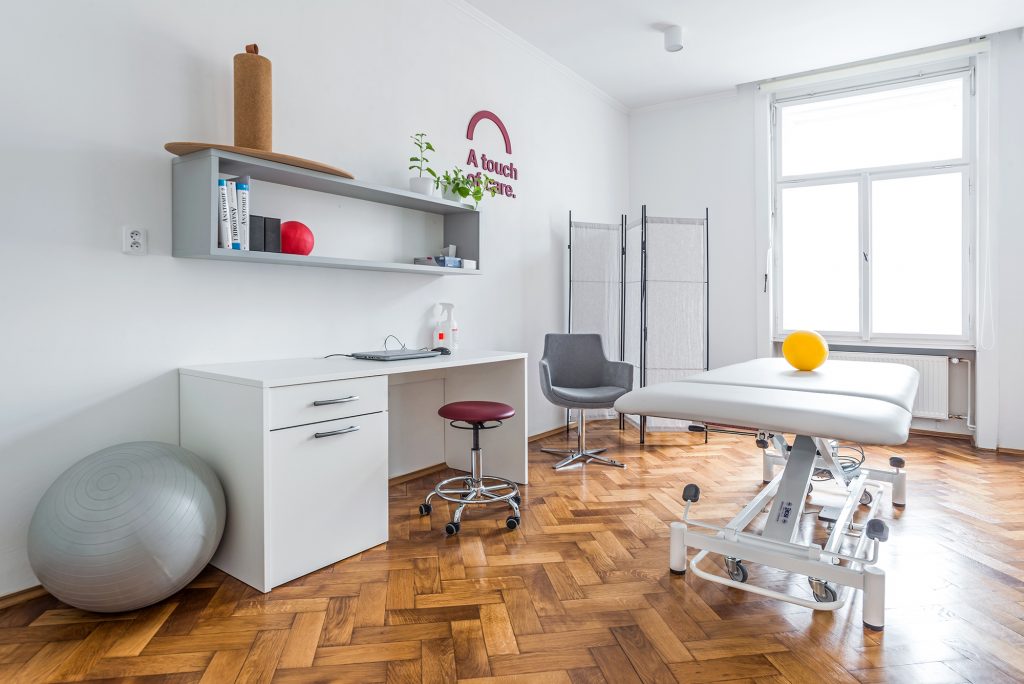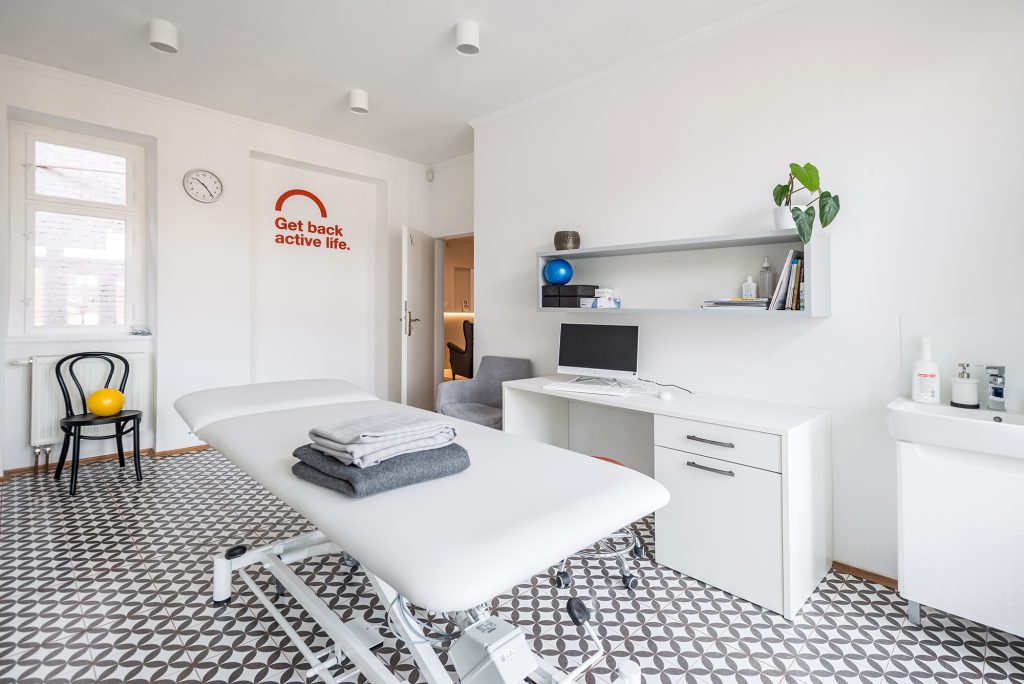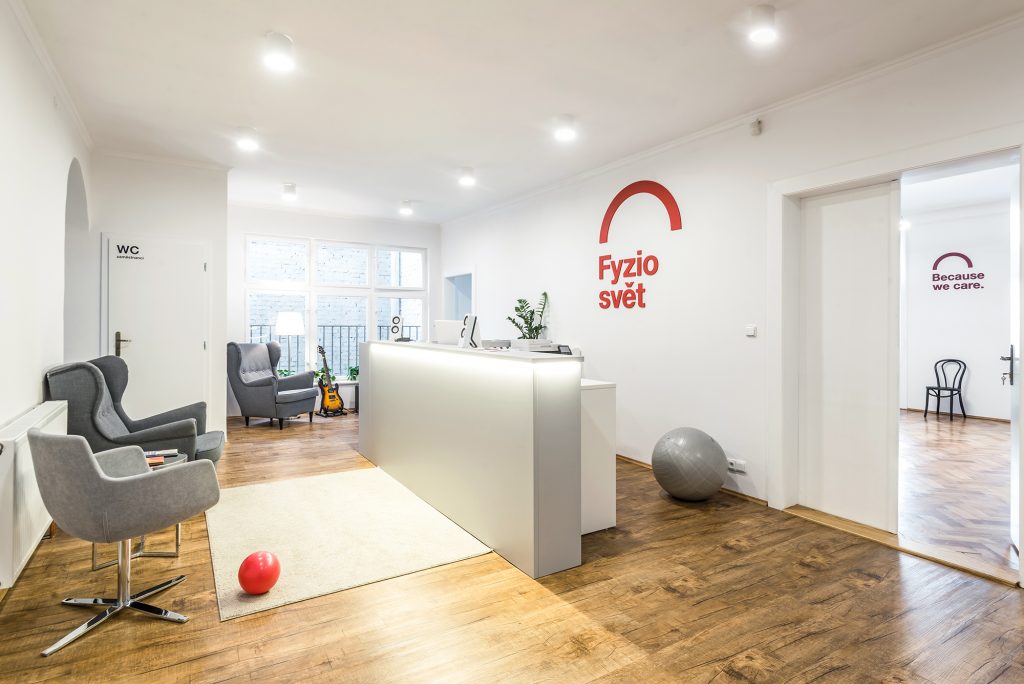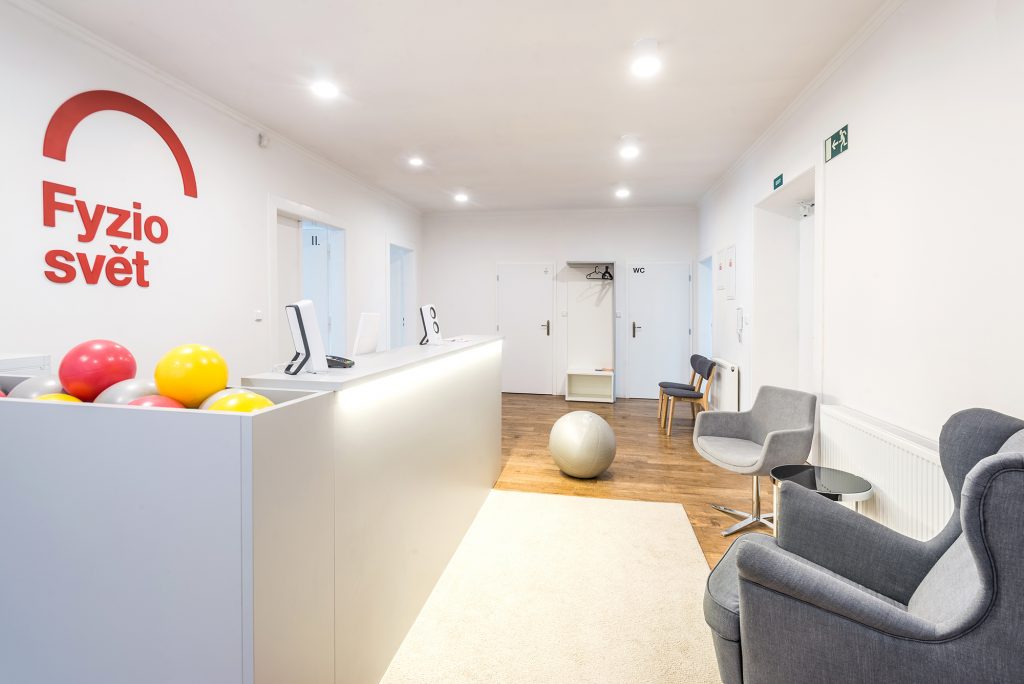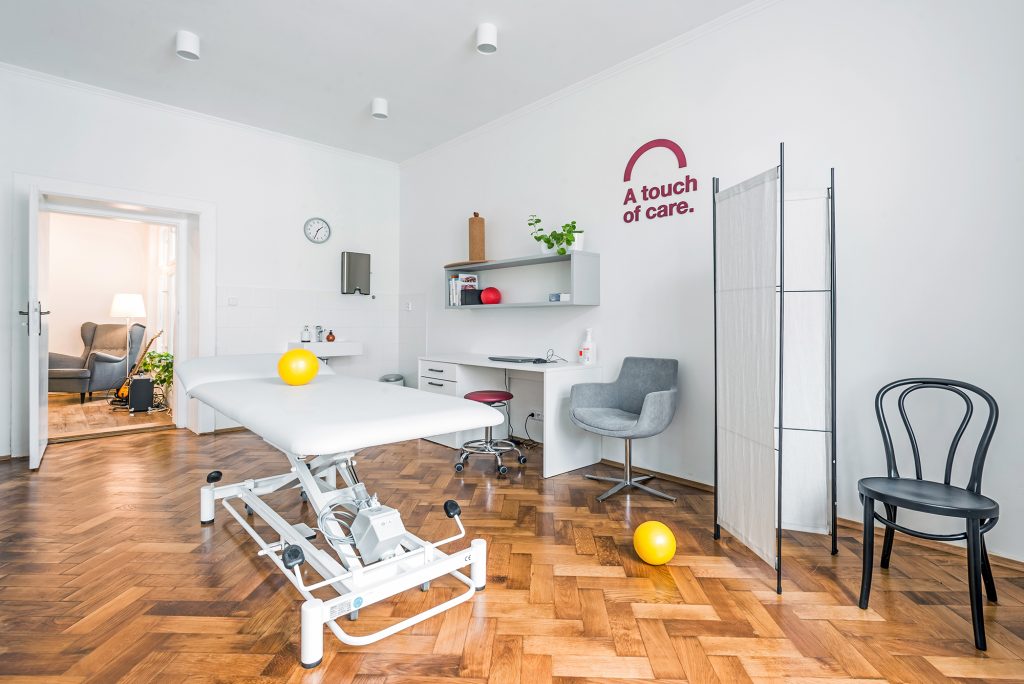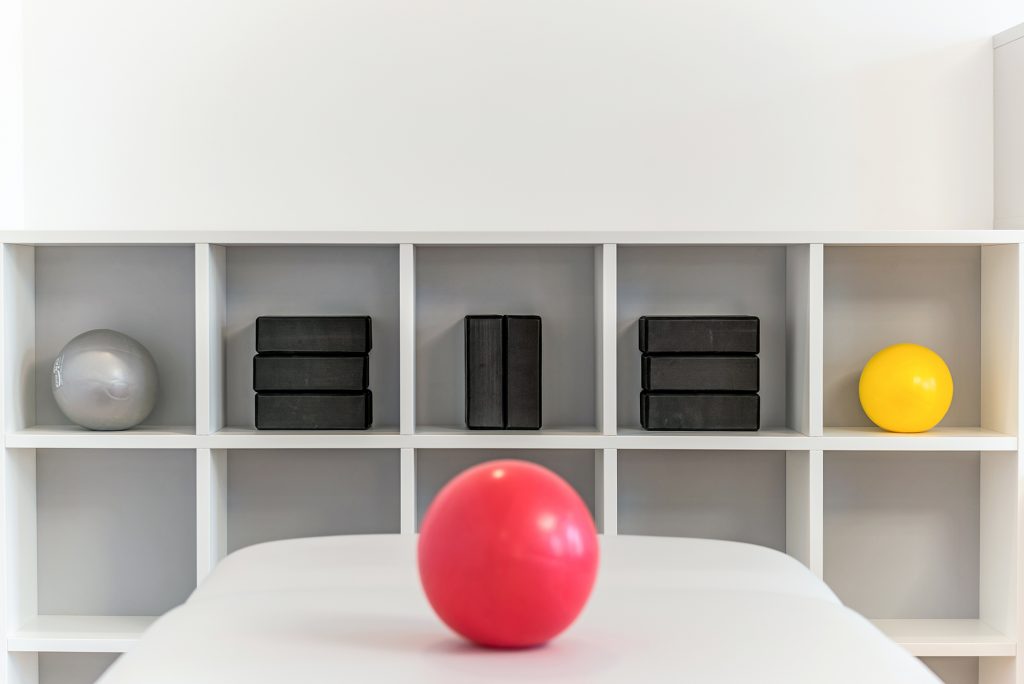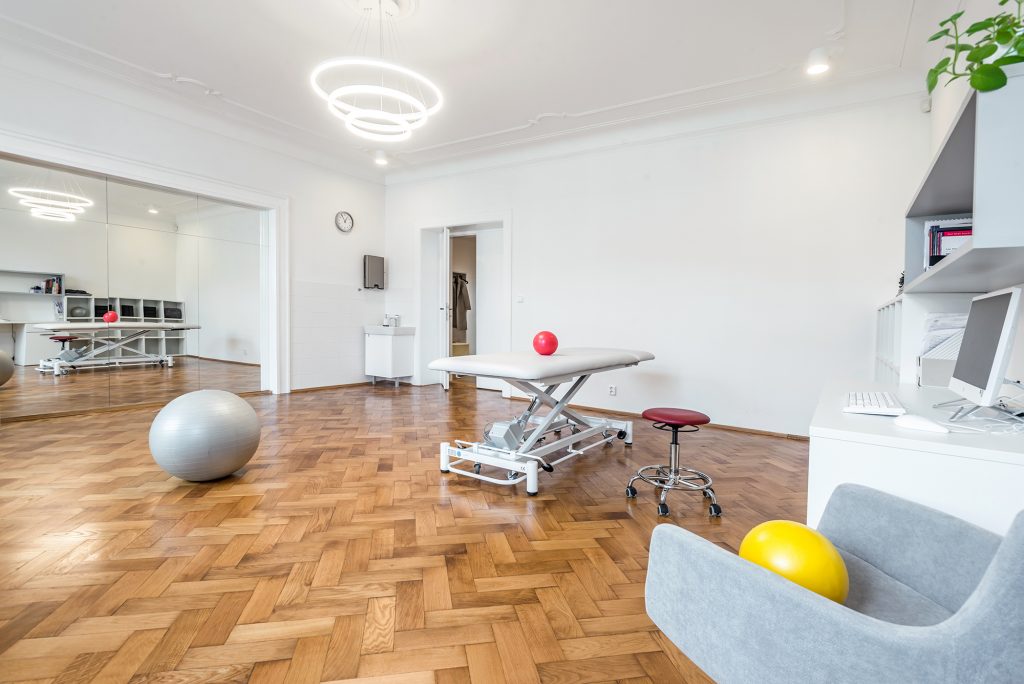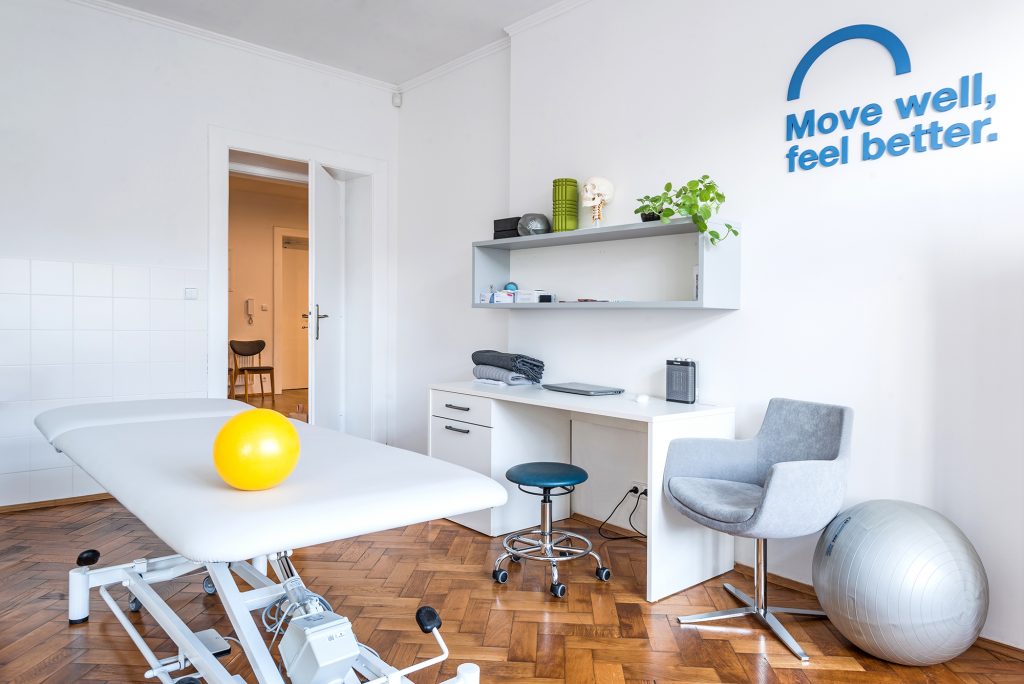Back Pain During Pregnancy: Why Does My Back Hurt While Pregnant?
During pregnancy, a woman’s body undergoes numerous changes to support the optimal development and nourishment of the fetus and to prepare the body for childbirth. Not every body adjusts to these changes easily, which can result in various side effects such as back pain, discomfort in the sacral area, changes in walking, abdominal tightness, heartburn, constipation, etc. These issues typically start in the second half of pregnancy.
Some symptoms resolve after birth, while others, such as back pain, may persist for a long time. Around 30-70% of pregnant women suffer from back pain, and as the pregnancy progresses, this number increases. Therefore, it’s important to address these pains early. However, not all women are aware that physiotherapy can help them with these issues. Back pain should not be accepted as a normal part of pregnancy. Pregnancy should be a time for you to enjoy and prepare for your baby’s arrival. If you’re seeking a physiotherapist, it’s helpful to find someone experienced in treating pregnant clients. At Fyzio Svět, we have several specialized physiotherapists who focus on gynecology and obstetrics.
Women with a Higher Risk of Back Pain During Pregnancy:
- Those who had back pain before pregnancy
- Women with higher body weight
- Those with a sedentary lifestyle
- Those with heightened sensitivity to hormonal changes, which can lead to ligament laxity (hypermobility)
- Older women
- Women with poor posture
- Women with hypermobility
- Women who have had multiple pregnancies
On the other hand, women who were physically active before pregnancy tend to have a lower risk of back pain.
When to See a Doctor?
In most cases, pregnancy-related back pain can be managed with your physiotherapist. However, you should consult a doctor if you experience:
- Increasing or sudden severe pain
- Pain in regular intervals not only in the abdomen but also in the back
- Difficulty with urination or prolonged issues with bowel movements
- Tingling in the limbs or changes in skin sensitivity
- Significant muscle weakness (e.g., difficulty standing on tiptoes or climbing stairs)
- Pronounced swelling in the lower limbs
Common Pregnancy-Related Changes Leading to Back Pain
Weight Gain
Throughout pregnancy, women typically gain between 10 to 15 kg. The uterus alone increases in weight approximately elevenfold. The growing baby puts pressure not only on internal organs but also on the nerves and blood vessels in the pelvis and back.
Weight gain during pregnancy can also affect the arch of the foot. Issues in the foot can transfer to higher structures like the knees, hips, and spine, which are overburdened due to changes in foot dynamics. Without proper foot support, it is difficult to maintain optimal spinal alignment. This can continue even after birth, so walking barefoot or in barefoot-style shoes is not recommended during pregnancy when the demands on the foot are greatest. Active foot exercises during pregnancy are essential. At Fyzio Svět, we pay special attention to this area during pregnancy.
Changes in Posture
Any posture deficiencies that the woman’s body may have been compensating for before pregnancy tend to become more pronounced. The body’s center of gravity shifts, which can lead to back pain. For example, if a woman’s belly is carried more forward, her pelvis tilts forward as well, disrupting the balance between the muscles in the front (abdominal muscles) and the back (back muscles). This imbalance is known as a dysfunction of the deep stabilizing system (core), which can also affect the positioning of the lower limbs, including the feet.
Hormonal Changes
During pregnancy, the production of hormones like relaxin, estrogen, and progesterone increases. Hormonal changes are typically associated with early-stage pregnancy pain, even before significant weight gain occurs.
Relaxin levels rise in the first trimester, increasing the laxity of joints, especially in the pelvis—specifically the pubic symphysis, sacroiliac joints, and the joint between the tailbone and the sacrum. This prepares the body for childbirth and reduces the risk of injury to the fetus in case of a fall. Along with greater joint mobility, relaxin also loosens tissues in the uterus and cervix, facilitating the baby’s passage through the birth canal.
Relaxin also loosens the ligaments of the spine, making it more prone to instability and, consequently, pain. The effects of relaxin are further amplified by estrogen.
Progesterone, on the other hand, helps maintain pregnancy during the early stages. It also causes breast enlargement, increased fatigue, and nausea.
Vascular Changes
During pregnancy, blood volume increases by about one-third, putting more demands on the cardiovascular system. Blood vessels widen to aid the transport of oxygen, glucose, and other nutrients to the growing fetus. However, blood return from the lower limbs slows down, causing blood to pool. A sedentary lifestyle, lack of movement, obesity, and poor diet can lead to excessive swelling and varicose veins. Therefore, from the second trimester onward, lying on your back is not recommended, as the uterus may press on the inferior vena cava, causing nausea or weakness. If lying on your back is comfortable and you don’t experience any negative sensations, there’s no need to avoid it strictly.
Keep in mind that physical activity improves blood vessel function, aids circulation, and can relieve excessive fatigue and physical discomfort, such as back pain and calf cramps.
Stress
Stress can increase muscle tension, which may be felt as pain or cramping. Studies show that elevated stress during pregnancy can affect the baby’s brain development, metabolism, and immune system. Stress causes the release of the hormone cortisol, which is especially concerning in the third trimester, when the baby absorbs the most negative emotions. It’s essential to take care of your mental health and avoid unnecessary stress during pregnancy. Doing so will benefit both you and your baby. Regular outdoor exercise and engaging in activities you enjoy are excellent ways to manage stress.
Pain Location and Belly Position in Pregnant Women
Women with a Belly Positioned Far Forward
These women carry their belly prominently in front, and the pelvis and chest are often too rigid, leaving little room for the growing uterus and baby. This often leads to lower back pain. In these cases, the lumbar spine tends to arch forward, and there is a lack of harmony between the abdominal and back muscle groups.
Discomfort worsens with prolonged standing or walking, and pain may even occur while lying down. It’s recommended to prop the belly with a pillow when lying on the side to reduce the strain on the lumbar spine. It’s also important to relax the chest to bring the belly closer to the body’s axis. When standing and walking, using a support belt or maternity band to help lift the belly can be highly effective.
Women with a Belly Deep in the Pelvis
In this case, the belly may appear smaller even in late pregnancy because the uterus and baby press too much into the loosened pelvis. The baby descends into the pelvis too early, causing the pelvis to widen. Women feel discomfort mainly in the pubic bone (front of the pelvis), as well as in the sacral area, hips, lower abdomen, and tailbone.
This pressure also affects internal organs in the pelvis (bladder, lower intestines), restricts fluid circulation from the lower limbs, and puts pressure on the pelvic floor. As a result, these women are more prone to swelling in the lower limbs.
Pain is often worse during standing and walking. Wrapping the pelvis with a scarf can help by stabilizing the loosened pelvis and relieving pressure on the pelvic ligaments, hips, and muscles. If you need guidance on wrapping techniques, we can assist you at Fyzio Svět.
Women with a Hanging Belly
This type is most often seen in women with overall muscle hypotonia (low muscle tone). Their belly sags downward, shifting weight to the cervical and thoracic spine, and often shortens the chest and facial muscles. Breathing becomes more difficult for these women, especially since the diaphragm is pushed up by as much as 4 cm during pregnancy. These women tend to breathe into the upper chest, leading to further strain on the neck and upper back. Breast enlargement in the third trimester can also contribute to rounding of the upper back, adding to the discomfort.
These women often experience reflux because the lower esophageal sphincter, controlled by the diaphragm, does not fully close, causing food to flow back into the mouth.
Women with low muscle tone are taught to increase tension manually through stroking or by alternating warm and cold water during showers. It’s also crucial to incorporate appropriate movement with conscious breathing.
Unsure Which Type You Are?
Our physiotherapists specializing in gynecology at Fyzio Svět are well-trained in diagnosing pregnant women and can offer personalized advice and solutions for you and your baby.
Additional Symptoms Associated with Back Pain During Pregnancy
Braxton Hicks Contractions (Abdominal Tightening)
Feelings of tightness and stiffness in the lower abdomen are often referred to as “Braxton Hicks contractions.” These sensations are typically labeled as normal (physiological) uterine contractions by gynecologists. Magnesium is often prescribed to alleviate them, though it may not always help. In such cases, these contractions could be due to imbalances in the musculoskeletal system and are often accompanied by pain in the body. The woman’s body may struggle to adjust to the changing conditions of pregnancy—the uterus may become misaligned from the pelvis, ligaments may tighten, and the baby’s position within the uterus may shift (see “belly position in pregnant women”). These conditions may hinder the chances of a natural delivery.
The uterus is suspended by ligaments that are not as elastic as muscles. The growing uterus places increasing strain on these ligaments. By the 20th week of pregnancy, the uterus reaches the belly button, and by the 40th week, it reaches the sternum. This stretching requires the loosening of ligaments through hormones like relaxin (mentioned above). These uterine ligaments often cause back pain in the lower back, pelvis, sacrum, groin, and even the labia. A physiotherapist can easily relieve these issues by manually releasing the ligaments and helping your body better adapt to the increasing demands of pregnancy.
Diastasis Recti (Abdominal Muscle Separation)
The growing uterus often shifts the body’s center of gravity forward to create space for the baby. If a woman does not have proper stabilization of the spine and pelvis, the lumbar spine can become more arched, and the thoracic and lower cervical spine may hunch as compensation. When the abdominal muscles become weakened, the demands on the body are extreme. The abdominal wall reacts to these increased demands by developing diastasis recti, a separation of the rectus abdominis muscles. More than half of pregnant women suffer from diastasis recti. The body isn’t built to withstand such extremes, at least not for extended periods. Nine months is long enough for issues to arise. If the diastasis is significant early in pregnancy, we recommend wearing a scarf to reduce strain on the abdominal wall. In late pregnancy, diastasis recti is considered physiological. However, we recommend checking the abdominal wall after the postpartum period.
Stress Incontinence
Some women experience urinary incontinence during pregnancy, especially when coughing or laughing—known as stress incontinence. While it may seem that the pelvic floor muscles are weakened due to the added weight, studies and our personal experience show that the pelvic floor muscles in pregnancy are more often overworked and unable to relax spontaneously. This overactivity leads to fatigue, and under stressful conditions, these muscles may give way, leading to urine leakage. Postural changes and increased intra-abdominal pressure also play a role.
Hormonal changes, increased blood pressure, and the pressure of the uterus on the bladder further contribute to inadequate pelvic floor function. These issues usually resolve within six months after delivery. However, it’s advisable to learn how to work with the pelvic floor before pregnancy and continue doing so postpartum. At Fyzio Svět, we have specialists who can help you activate your pelvic floor muscles correctly. There’s no need to fear this type of consultation.
Suitable Positions for Rest During Pregnancy
Inappropriate Positions for Rest:
- Lying on your back and on your right side: Not recommended due to the pressure the uterus can exert on the inferior vena cava (as mentioned above), particularly in the late stages of pregnancy.
- Lying on your stomach: This position is okay until the woman feels uncomfortable pressure on the lower back from the uterus, usually by the end of the first trimester.
- Reclining or semi-reclining positions: Not recommended due to the significant pressure placed on the tailbone and the mechanical shortening of the pelvic floor muscles.
- Sitting in general: The body is not designed for long periods of sitting. While standing or walking, the pressure is evenly distributed across all the joints of the lower limbs. When sitting, however, the pressure is concentrated on the pelvis. This pressure is much greater during pregnancy. Keep this in mind, especially if you have a sedentary job!
Suitable Positions for Rest:
- Lying down: Whenever possible, rest while lying down. This prevents the negative effects of increased weight on the lower half of the body—pelvis, hips, knees, and ankles. Choose your lying position based on your comfort. Although the above positions are commonly cited in the literature as unsuitable, if they feel comfortable and don’t cause any discomfort, there’s no need to avoid them strictly. During pregnancy, it’s especially important to listen to your body and follow what feels good.
- Lying with legs elevated (e.g., propped against a wall): This helps prevent swelling in the lower limbs.
- Sitting straddling a chair with support for the arms: This position promotes active pelvis posture and relieves pressure on the upper body, making breathing easier. It also prevents strain on the pelvic floor.
10 Tips for Preventing Pain and Enjoying a Comfortable Pregnancy
- Regular Physical Activity: We recommend that women continue the physical activity they were accustomed to before pregnancy and adjust it as pregnancy progresses. However, if a woman was not physically active before pregnancy, it’s not advisable to start a new workout regimen during pregnancy. Instead, incorporate at least an hour of brisk walking or swimming daily. Regular physical activity strengthens not only lung function but also serves as a preventive measure against varicose veins and stretch marks by improving blood and lymph circulation. It also enhances the ability to cope with labor and reduces the risk of postpartum depression. Exercise strengthens muscles and increases flexibility, which can ease pregnancy discomforts. Some studies suggest that women who exercise during pregnancy have shorter labor and a lower likelihood of cesarean sections. Regular physical activity also promotes optimal fetal positioning.
- Pelvic Floor Muscle Training: Practicing pelvic floor muscle activity and conscious relaxation, combined with the engagement of the abdominal muscles, helps prevent urinary incontinence, constipation, and diastasis recti. Strengthening the back muscles is also essential to counteract the strain on the spine.
- Proper Posture: Maintaining correct posture during work, sitting, or sleeping is key. For example, sleeping on your side with a pillow between your knees can help relieve pressure on the lower back and sacral area. Aim for an upright seated position without back support, with both feet flat on the floor. In some cases, wearing a support belt or wrapping the belly with a rebozo scarf can help. The most suitable sitting position for pregnant women is straddling a chair (as mentioned above). The semi-reclined position with the belly pushed forward is common among pregnant women, but it’s not ideal due to the strain it places on the tailbone and the ligaments of the lower back.
- Adequate Rest and Sleep.
- Gentle Belly Massage: Stroking the belly stimulates the abdominal wall and muscles, making them easier to engage during movement.
- Daily Foot Care: Spend at least 10-15 minutes each day on manual foot relaxation exercises, active toe movements, massaging the foot with a massage ball, picking up small objects (paper, tissues, socks, etc.) with your toes, and alternating warm and cold showers for your calves and feet.
- Active Footwork: Proper belly support requires active feet. Exercises such as pointing and flexing your toes, ankle rotations, walking on tiptoes, walking backward, and distributing weight across the front of the foot can help. Even short periods of walking barefoot (e.g., on grass or stones) or slow walking with mindful foot placement can optimize the tension in the pelvis and lower limbs.
- Breathing Exercises: Spend 10-15 minutes daily practicing deep breathing into different parts of the torso (belly, lower chest, upper chest), inhaling for 4 seconds and exhaling for 4 seconds. Deep breathing helps create more space for the baby. Be mindful not to hold your breath during daily activities.
- Pelvic and Hip Movements: Practicing pelvic and hip mobility while standing, lying down (on your back or side), or sitting on a large exercise ball is essential for a natural birth.
- Avoid High-Impact Movements: From the first month, pregnant women should avoid jumping, running, hanging, or holding prolonged positions that don’t feel right.
